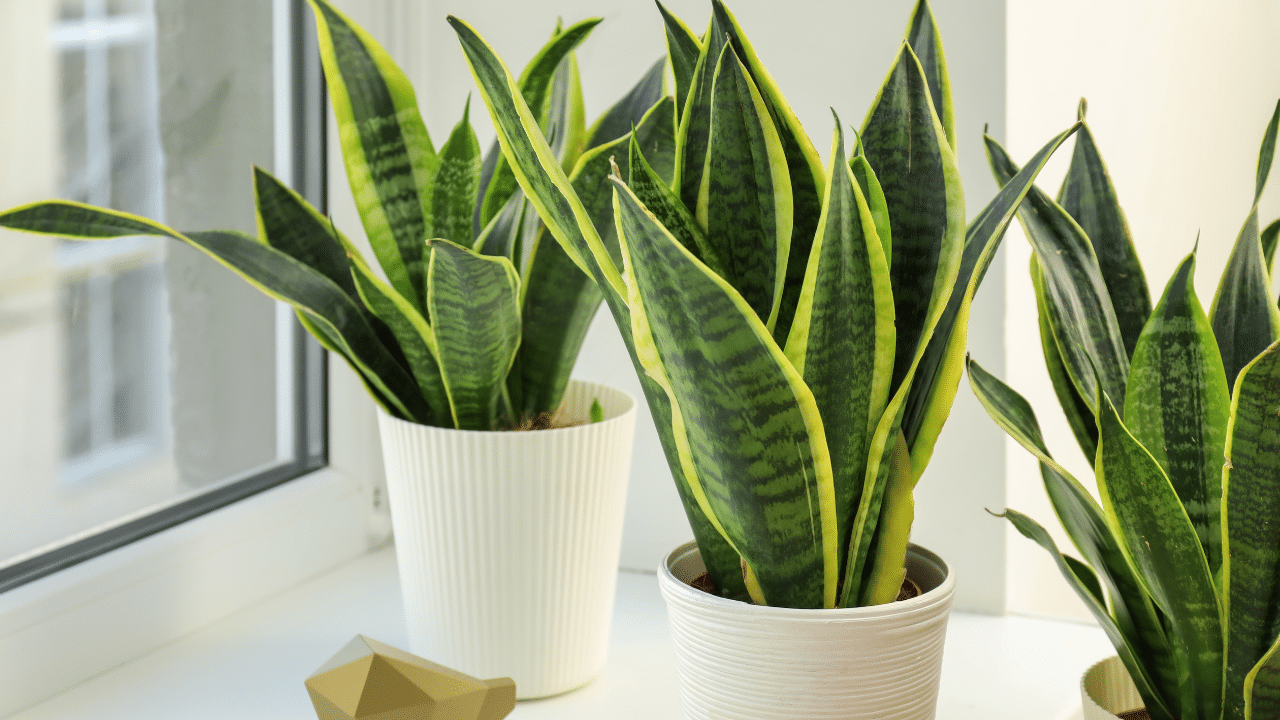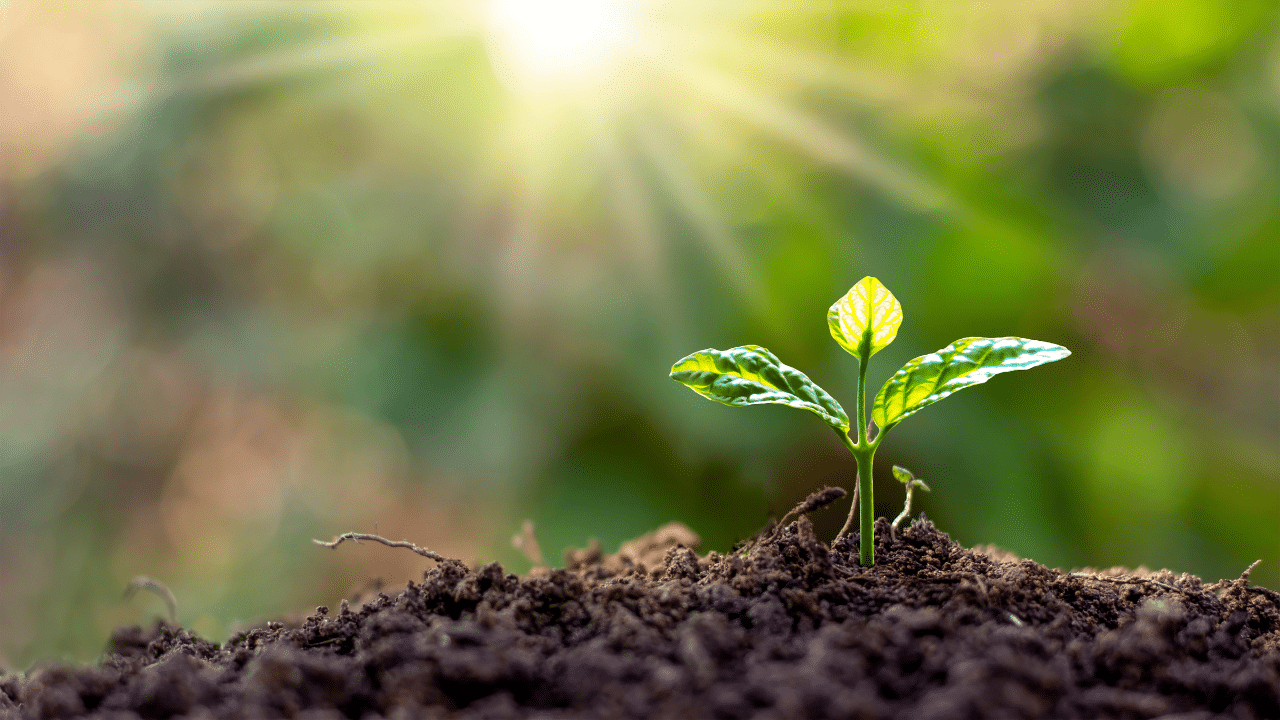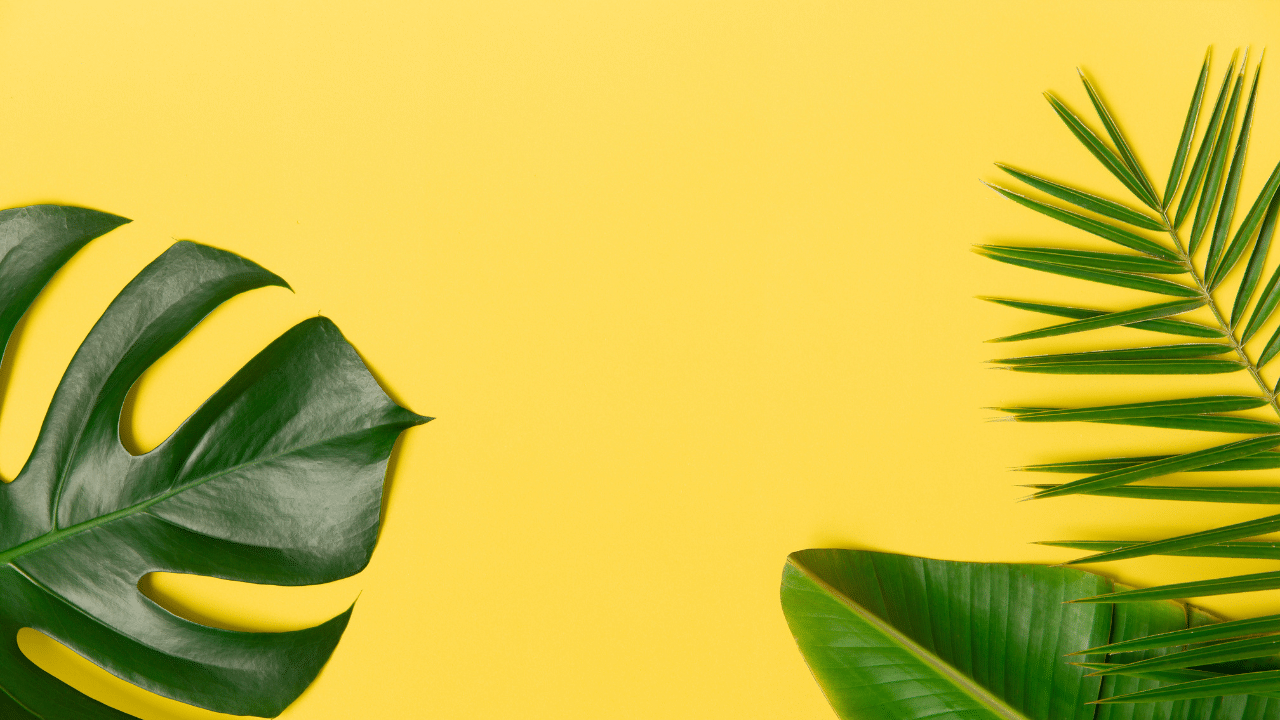Advertisements
Have you ever thought about transforming your green space into a true sustainable oasis? In today’s post, we’ll explore how choosing native plants can make all the difference in your garden. Not only do they help preserve biodiversity, but they’re also adapted to the local climate, requiring less water and care. Let’s find out which species fit perfectly in your environment, the best practices for saving water, and how to keep your garden free of pesticides. Come and get inspired by a garden that’s not only beautiful, but also respects nature!
What are the principles of a sustainable garden?
When creating a sustainable garden, choosing native plants is crucial. These plants are adapted to the local climate, which means they require less water and care, contributing to the conservation of natural resources. In addition, their presence helps to reinforce local biodiversity, attracting pollinators and other animals.
Advertisements
To ensure water savings in your garden, some practices are essential. Installing drip irrigation systems, for example, directs water directly to the roots of plants, avoiding waste. Another technique is collecting rainwater, which can be reused for irrigation, becoming an ally in preserving this valuable resource.
As for pesticides and chemical fertilizers, you can minimize them by using eco-friendly gardening practices. This includes applying compost, which enriches the soil without harming the environment. Using companion plants is also an effective technique: certain plants help repel pests, thus reducing the need for chemicals.
Advertisements
In terms of specific species, some native plants from Brazil that stand out include the guaimbú, which beautifies the space, and the cambucá, which offers tasty fruits. The jussara palm and the dicorisandra are also great options, as they bring beauty and attract wildlife. To learn more about how to set up your space, access this guide on sustainable garden.
Investing in a sustainable garden is a way to take care of the environment and also make your space more beautiful and productive!
What are the ideal native plants for different climates?
Choosing native plants is essential to creating a sustainable garden, as they are adapted to the local climate and require fewer resources. When selecting species, take into account the climate of your region. For example, for hot and humid climates, some recommended options are guaimbê (Philodendron bipinnatifidum) and cambucá (Plinia edulis). These plants not only beautify your space, but also offer ecological benefits.
Now if you are wondering, What plants will help reduce soil erosion? The answer is that plants with deep roots, such as the jussara palm (Euterpe edulis), are excellent. Their roots help stabilize the soil, preventing landslides and nutrient loss.
Furthermore, How do native plants attract pollinators and benefit local wildlife? Native plants often provide the perfect home for bees, butterflies, and birds. They provide nectar and shelter, creating a vibrant and healthy environment. For example, the dicorisandra (Dichorisandra thyrsiflora) is highly attractive to pollinators, blooming almost year-round.
Exploring more about which species are recommended for hot and humid climates, in addition to those already mentioned, the pitanguinha (Eugenia mattosii) stands out. It is a rare plant, ideal for those looking to diversify and bring flavor to their garden.
How to choose the right plants for your space?
When choosing plants for your garden, it’s crucial to consider factors such as your local climate, soil type, sun exposure, and water requirements. These factors directly influence the success of your sustainable garden. For example, native plants are often the best fit because they have evolved in harmony with the climate and soil conditions of your region. As such, they require less care and are more resistant to pests.
Knowing your soil is essential. Knowing whether it is sandy, clayey, or well-drained can help you choose plants that will grow best in that environment. In addition, some plants require more sun, while others prefer shade. By understanding the specifics of your land, you can avoid future frustrations.
Consulting gardening experts can also be a great way to optimize your plant choices. These professionals can provide valuable advice on native varieties and how to plant them correctly. They can also suggest combinations that not only enhance the beauty of your garden, but also contribute to local biodiversity. Join a gardening group or attend workshops to learn even more about how to set up a sustainable garden.
Remember, planting native plants isn’t just an aesthetic choice; it also helps conserve resources by reducing water and pesticide use. So by choosing the right plants for your space, you’re promoting a healthier environment for both you and the local wildlife, ensuring a vibrant and sustainable garden.
What are the Benefits of Native Plants in a Sustainable Garden?
Native plants play a crucial role in a sustainable garden. They are adapted to the local climate, which means they require less water and care, and they promote rich biodiversity in the environment. This results in a reduced environmental impact, which is essential for the future of our planet.
How do native plants improve air quality?
Native plants have the ability to purify the air by absorbing pollutants and releasing oxygen. They act as a natural filter, contributing to a healthier environment. By maintaining a good amount of native vegetation, you create a microclimate that not only improves air quality but also provides thermal comfort in your home.
How do they contribute to soil health?
The deep roots of native plants help prevent erosion and improve soil structure. This is vital to the health of your garden, as healthy soil retains water and nutrients. By choosing local plants, you can help your soil adapt and improve its fertility, creating an environment that supports a variety of beneficial organisms.
What are the positive impacts on local fauna?
Native plants provide shelter and food for many local species, such as birds, insects and other animals. This interaction is essential to maintaining the balance of the ecosystem. By cultivating a garden with native plants, you contribute to the conservation of biodiversity and help create a space that is in harmony with the environment.
What are the best practices for maintaining a sustainable garden?
Maintaining a sustainable garden doesn’t have to be complicated. It all starts with a few simple but effective practices.
First, the on-site composting is one of the best techniques you can apply. Basically, it consists of turning food scraps and leaves into rich compost. This not only reduces waste but also provides essential nutrients for your plants. You can start a small compost pile in your backyard or even use a compost bucket if space is limited. Want to know more about it? Check it out in this link.
Second, the irrigation management is crucial. Implementing an efficient irrigation cycle means using water wisely. By adopting drip irrigation techniques, you reduce consumption and ensure that the roots receive the necessary moisture without wasting it. It is also important to consider collecting rainwater, if possible, to water the plants.
Finally, a point that is often forgotten is the soil decompression. Compacted soil can make it difficult for roots to grow and absorb water. Aerating the soil, whether with hand tools or a simple gardening tool, improves air circulation and water penetration, resulting in healthier plants. Some eco-friendly gardening practices, such as using mulch, also help keep the soil light and aerated.
Adopting these practices not only makes low-maintenance gardening easier, but it also promotes a more sustainable environment. Taking care of your garden reflects not only on its appearance, but on the health of the surrounding ecosystem!
Conclusion
A sustainable garden is not just about choosing native plants, but also involves practices that conserve water and reduce the use of chemicals. Selecting plants that are appropriate for the local climate and adopting ecological maintenance techniques are essential steps to creating a harmonious and beneficial environment. These practices not only preserve biodiversity and soil quality, but also provide a healthier and more pleasant space. Considering these approaches is essential to cultivating gardens that respect and revitalize our ecosystem.
FAQ
FAQ about Sustainable Garden
How important are native plants in a sustainable garden?
Native plants are essential because they are adapted to the local climate, requiring less water and care. They also enhance biodiversity and attract pollinators, contributing to a healthy environment.
How can I save water in my garden?
Saving water is simple! Installing drip irrigation systems and rainwater harvesting are two effective techniques that help direct water where it is most needed.
What are some eco-friendly practices to avoid pesticides?
Use compost to enrich your soil and plant companion plants that naturally repel pests. These approaches reduce the need for chemicals, making your garden healthier.
How do I choose the right plants for my space?
Start by considering your climate, soil type, and sun exposure. Native plants are often the best choice because they are in harmony with local conditions and require less maintenance.
What are the benefits of having a sustainable garden?
A sustainable garden not only beautifies your space, but also improves air quality, protects the soil, and supports local wildlife. It’s a practical way to take care of the environment!



